All Pruning is Dwarfing
alan haigh
10 years ago
Related Stories
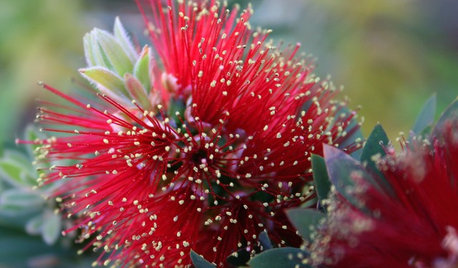
GARDENING GUIDESGreat Design Plant: Velvety Dwarf Bottlebrush Beckons a Touch
Brilliant red blooms and inviting textures will capture your heart, but the low maintenance and small size will win over your practical side
Full Story
GARDENING GUIDESHow to Prune Your Flowering Shrubs for the Best Blooms
Less is often more when it comes to properly pruning flowering shrubs. Here’s what to do and why
Full Story
GARDENING GUIDESGot Frost-Damaged Plants? How It Happens, and When and How to Prune
Crispy brown leaves are a sure sign that Jack Frost has been to your neighborhood
Full Story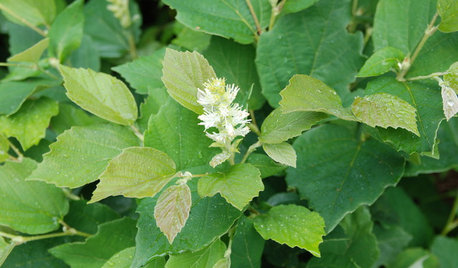
GARDENING GUIDESGreat Design Plant: Wildlife-Loving Dwarf Fothergilla Blazes in Fall
Its bottlebrush flowers attract bees and butterflies, while its stunning orange and scarlet foliage draws all who pass by
Full Story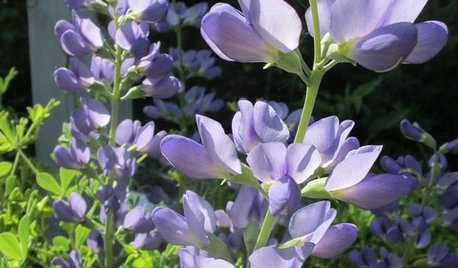
GARDENING GUIDESGreat Design Plant: Dwarf Blue Indigo Offers Carefree Beauty
Drought tolerant and a bumblebee magnet, spiky Baptisia australis may be the easiest plant you ever grow
Full Story
WINTER GARDENINGPruning Secrets for Exquisite Roses
Encourage gorgeous blooms year after year with this time-tested advice on how to prune your rosebush in winter for health and shape
Full Story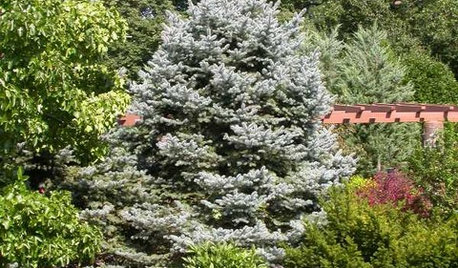
LANDSCAPE DESIGN10 Evergreens for Beautiful Foliage All Year
Give your landscape consistent color and structure with the emeralds, chartreuses and blues of evergreen trees and shrubs
Full Story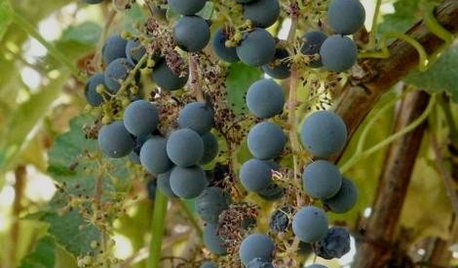
GARDENING GUIDESGreat Design Plant: Try California Wild Grape for Interest All Year
Sure, it’s stunning in fall. But the spring buds, summer grapes and gnarled winter vines are gorgeous too
Full Story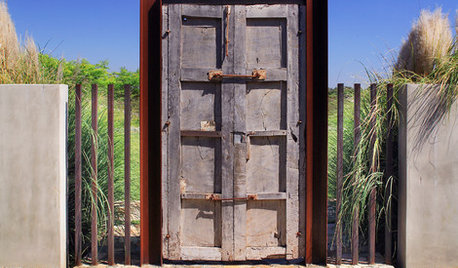
MATERIALSMesquite: The Brawny Beauty for All Over the Home
Denser than other hardwoods and sporting beautiful coloration, mesquite makes a fine material for flooring, countertops, furniture and more
Full Story
GARDENING FOR BUTTERFLIESBring on the Birds: Natural Habitat Ideas for Gardens of All Sizes
Provide nesting, watering and perching spots inspired by the Costa Rican jungle and watch the birds flock on over
Full Story







MrClint
alan haighOriginal Author
Related Professionals
Bridgetown Landscape Architects & Landscape Designers · Ashburn Landscape Architects & Landscape Designers · Clark Landscape Architects & Landscape Designers · Hyattsville Landscape Architects & Landscape Designers · White Oak Landscape Architects & Landscape Designers · Dallas Landscape Contractors · Deerfield Landscape Contractors · Fairfield Landscape Contractors · Fort Atkinson Landscape Contractors · Lakewood Landscape Contractors · Marlborough Landscape Contractors · New Brighton Landscape Contractors · Norristown Landscape Contractors · North Plainfield Landscape Contractors · Thornton Landscape Contractorsmrsg47
alan haighOriginal Author
goyo626 S.Cal.8b/SZ20
alan haighOriginal Author
canadianplant
alan haighOriginal Author
mrsg47
Scott F Smith
peachymomo
alan haighOriginal Author
peachymomo
alan haighOriginal Author
peachymomo
alan haighOriginal Author
clarkinks
Scott F Smith
peachymomo
eboone_gw
Scott F Smith
alan haighOriginal Author
donnieappleseed
lucillle
alan haighOriginal Author